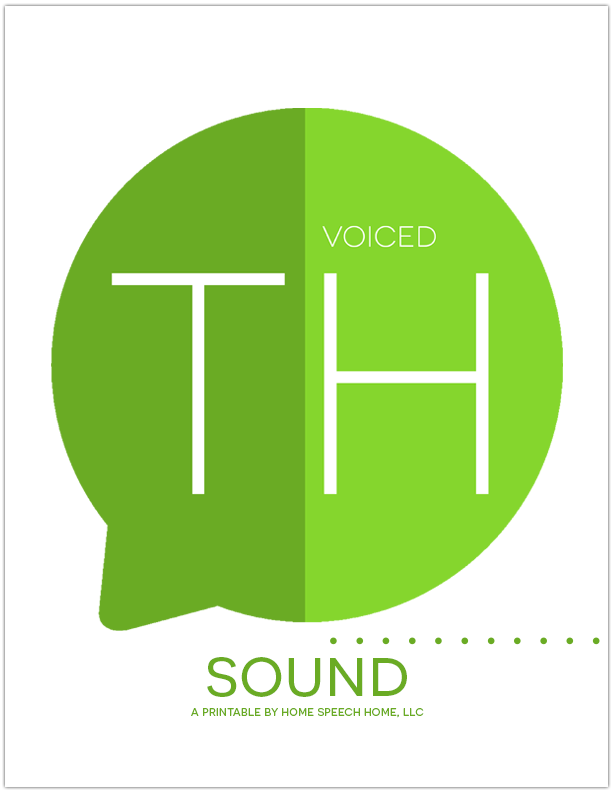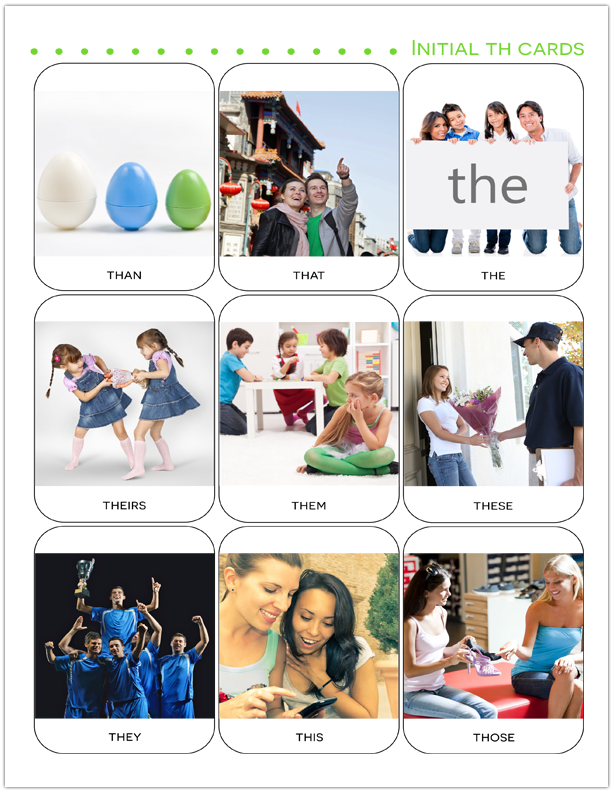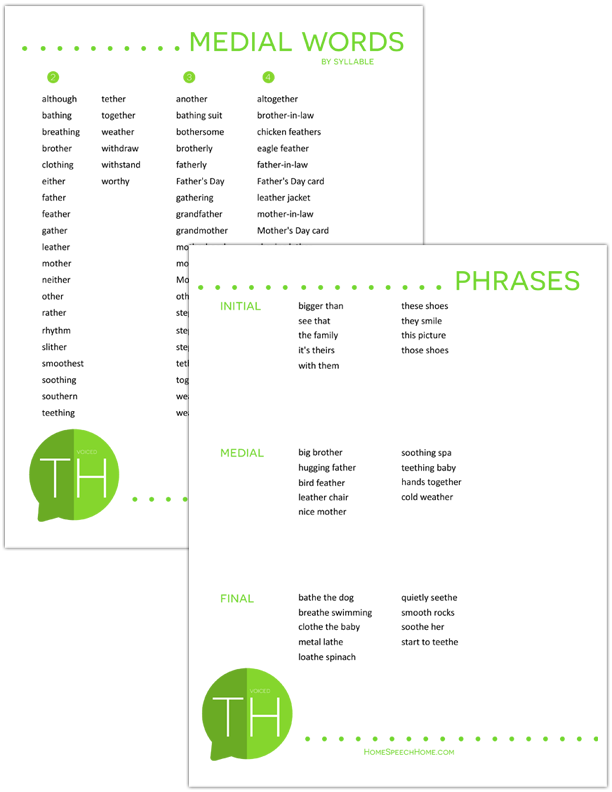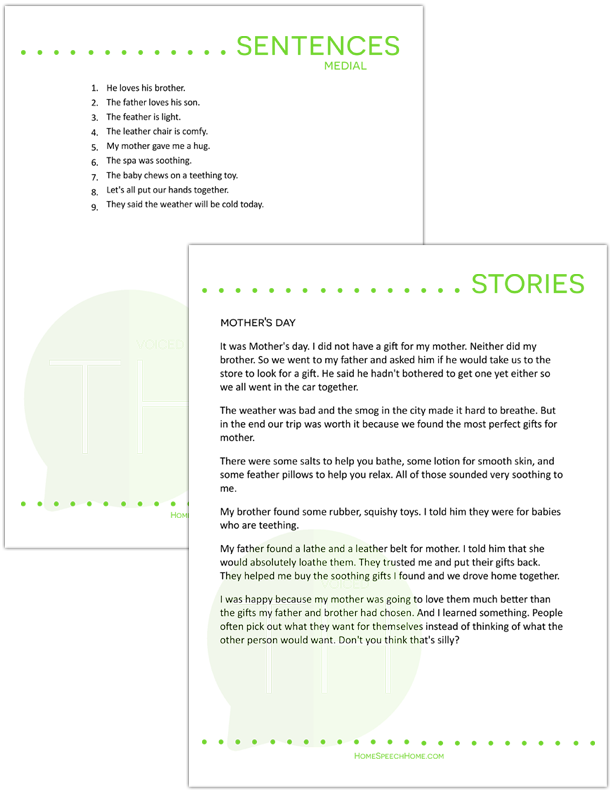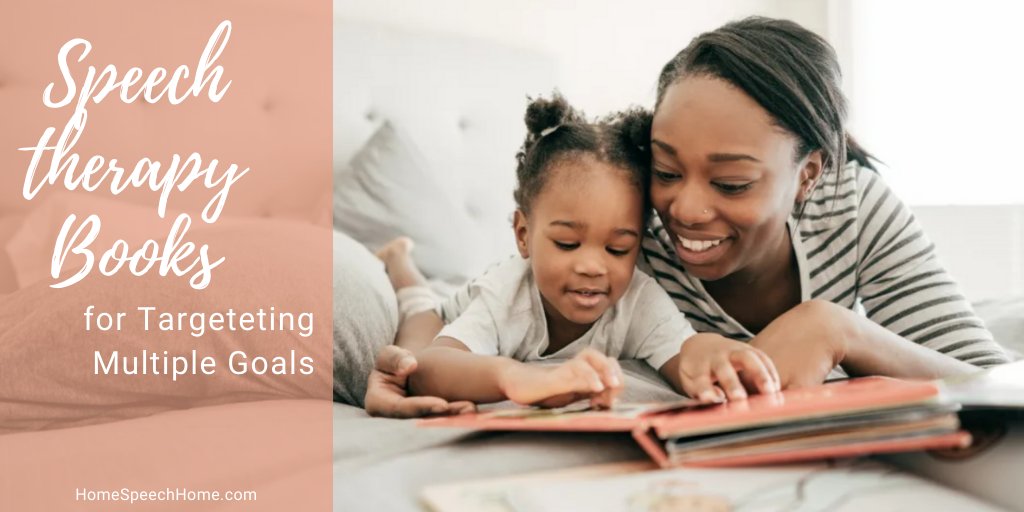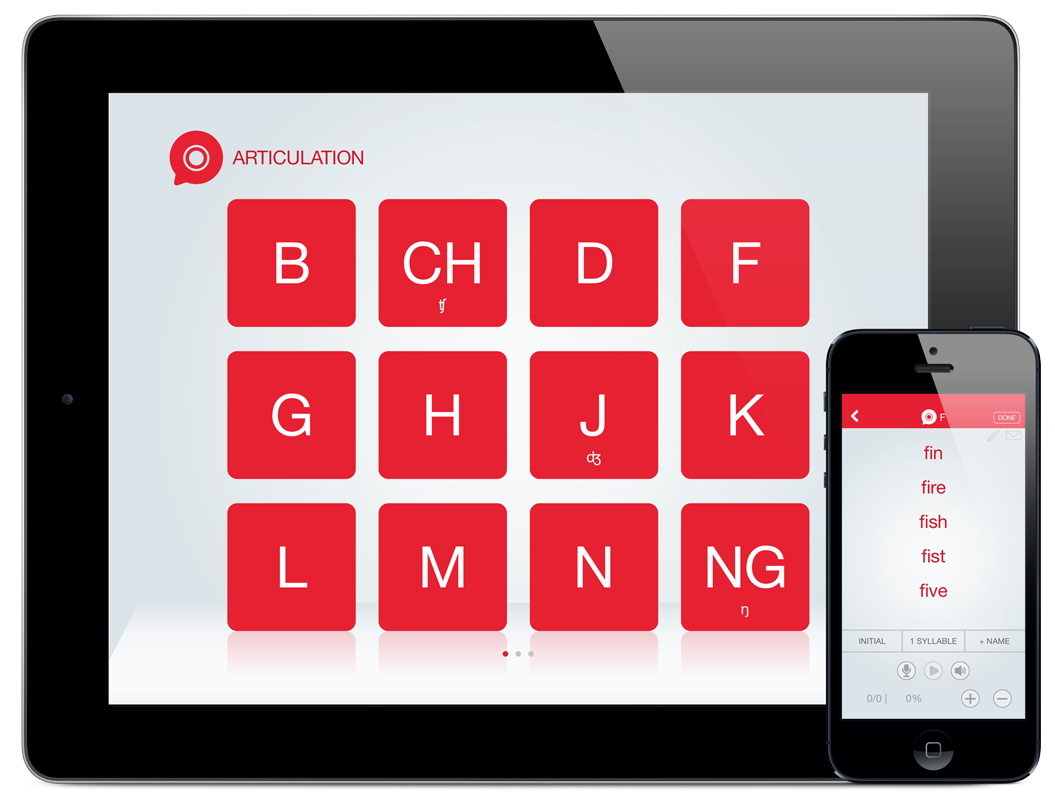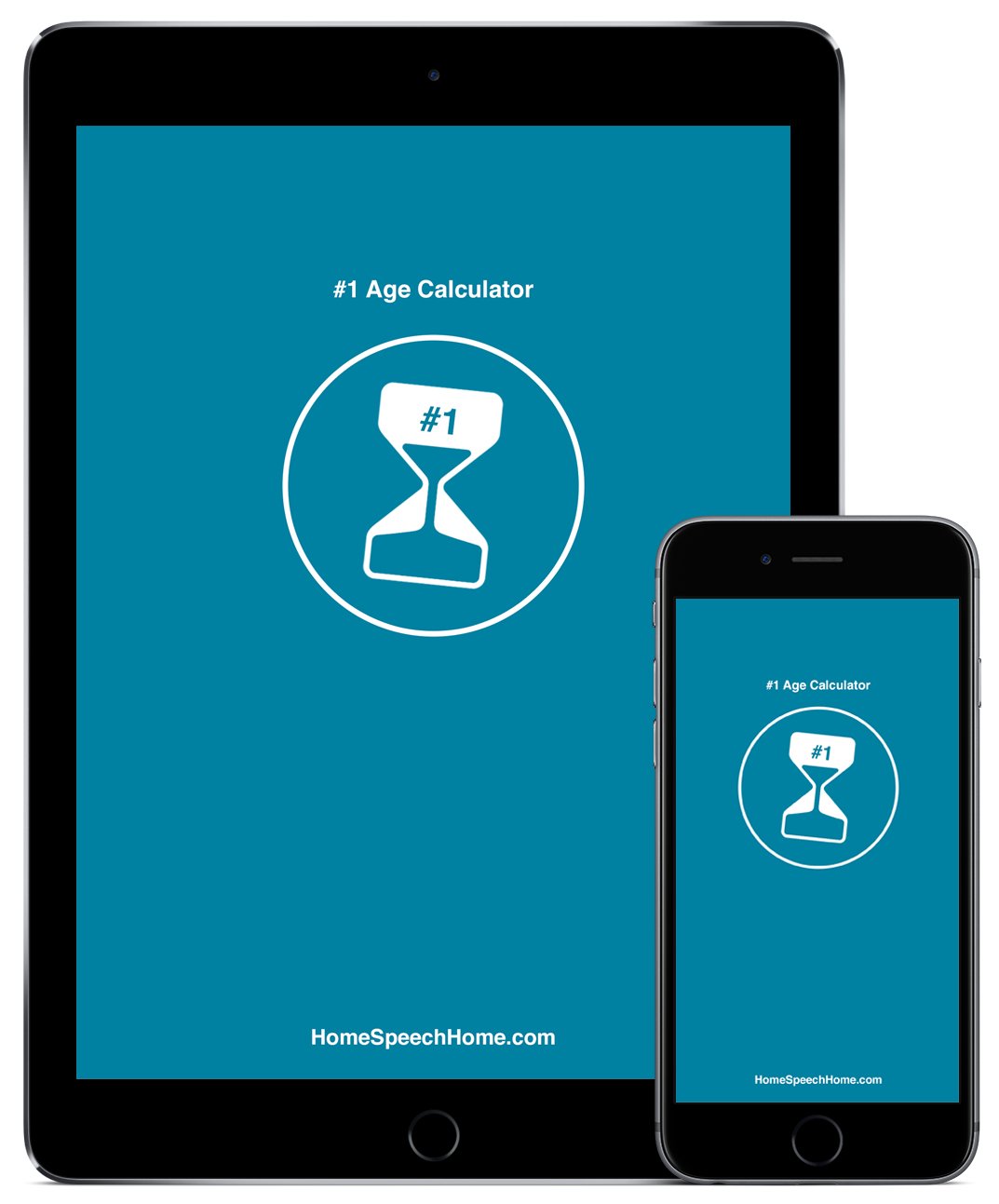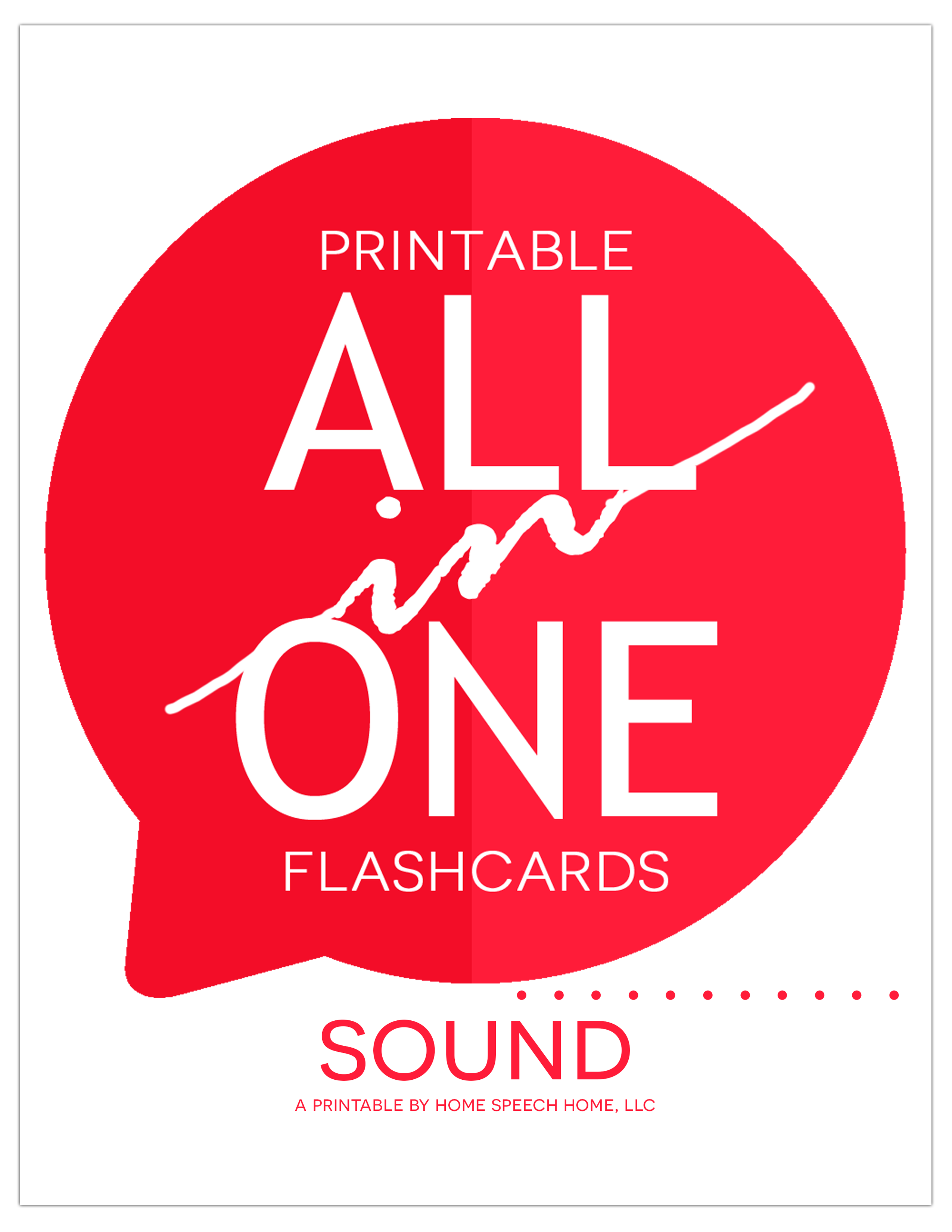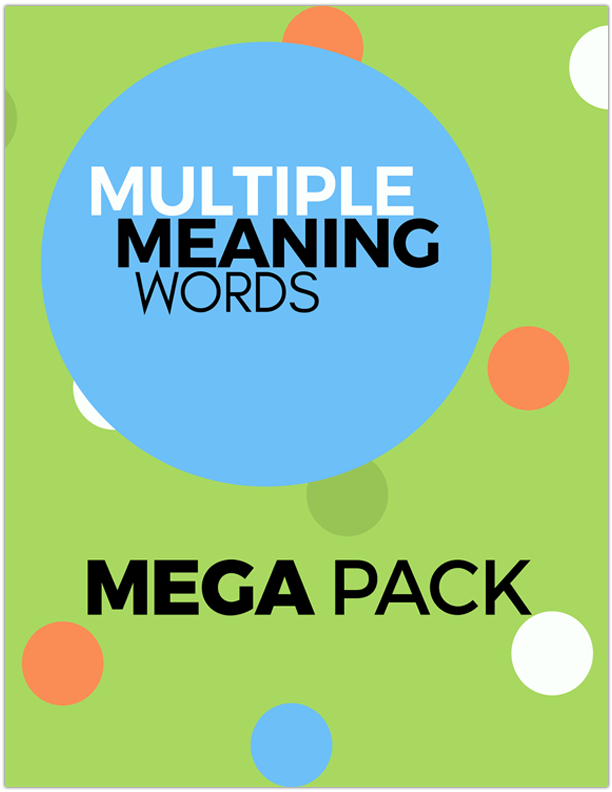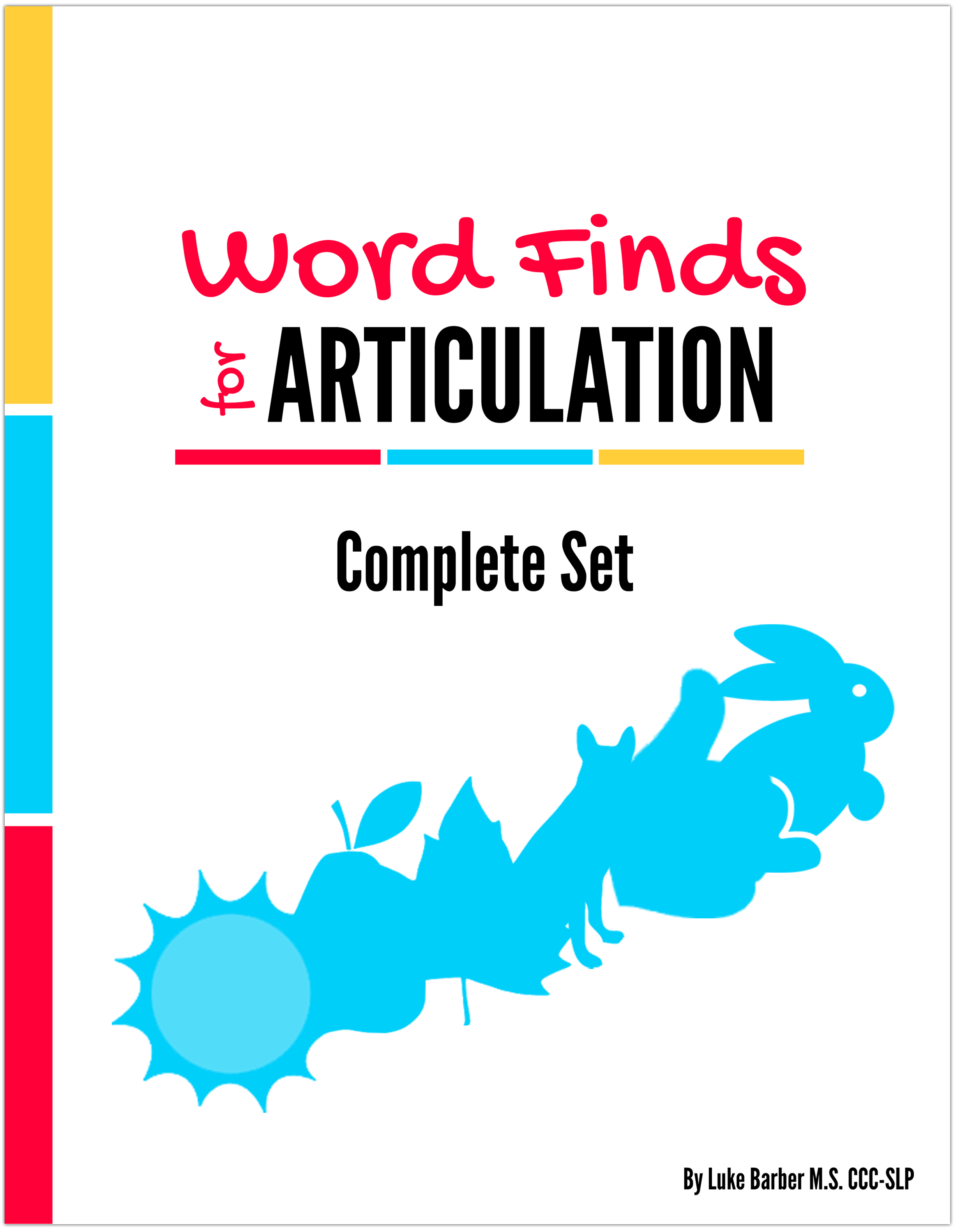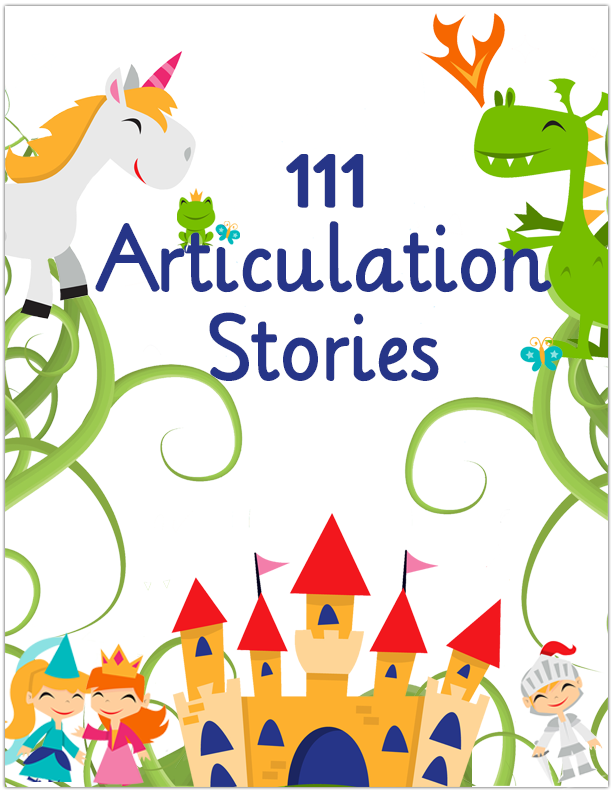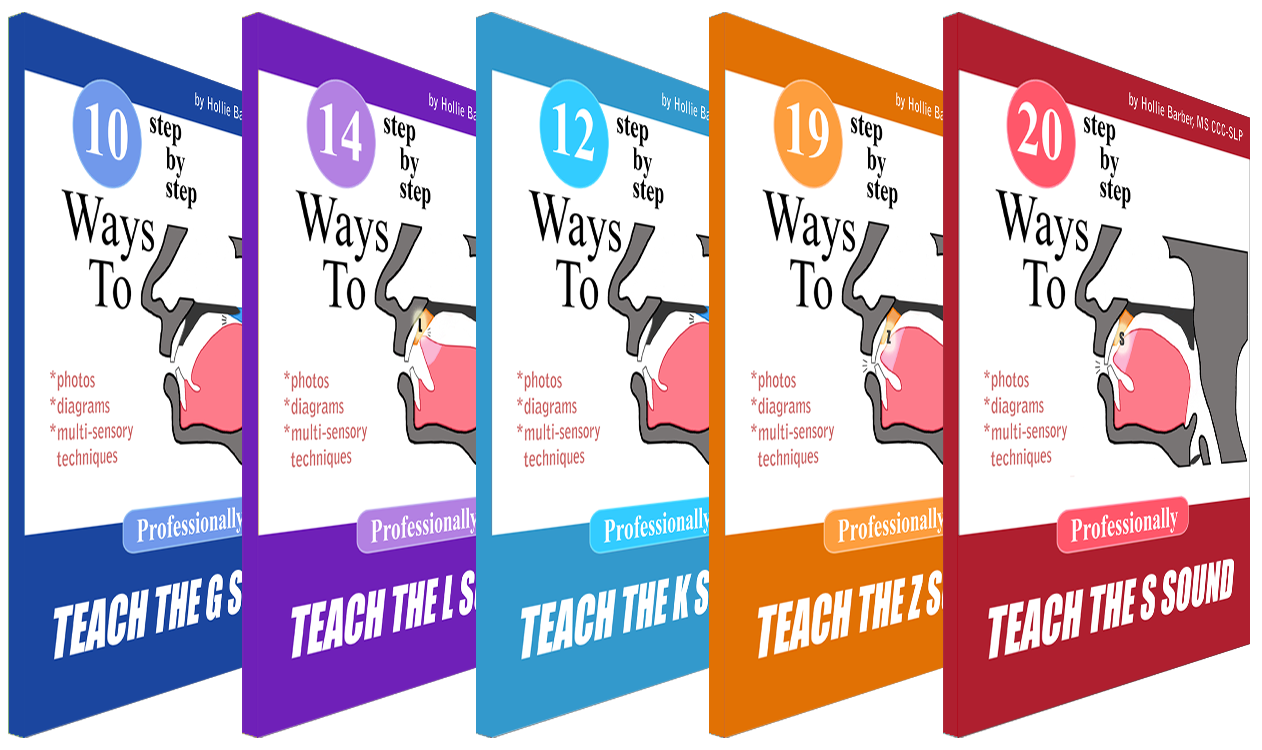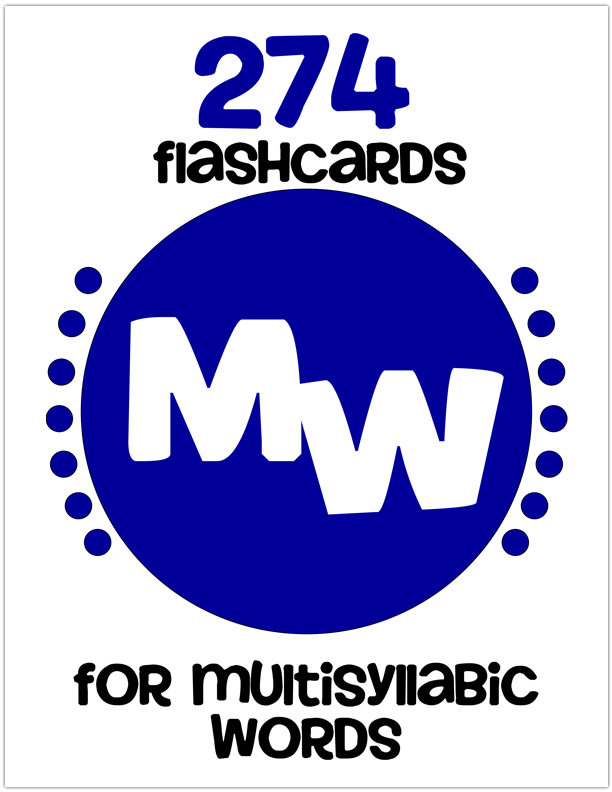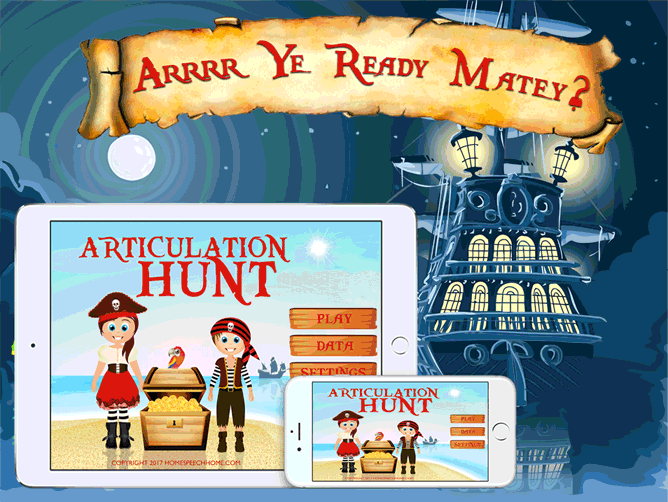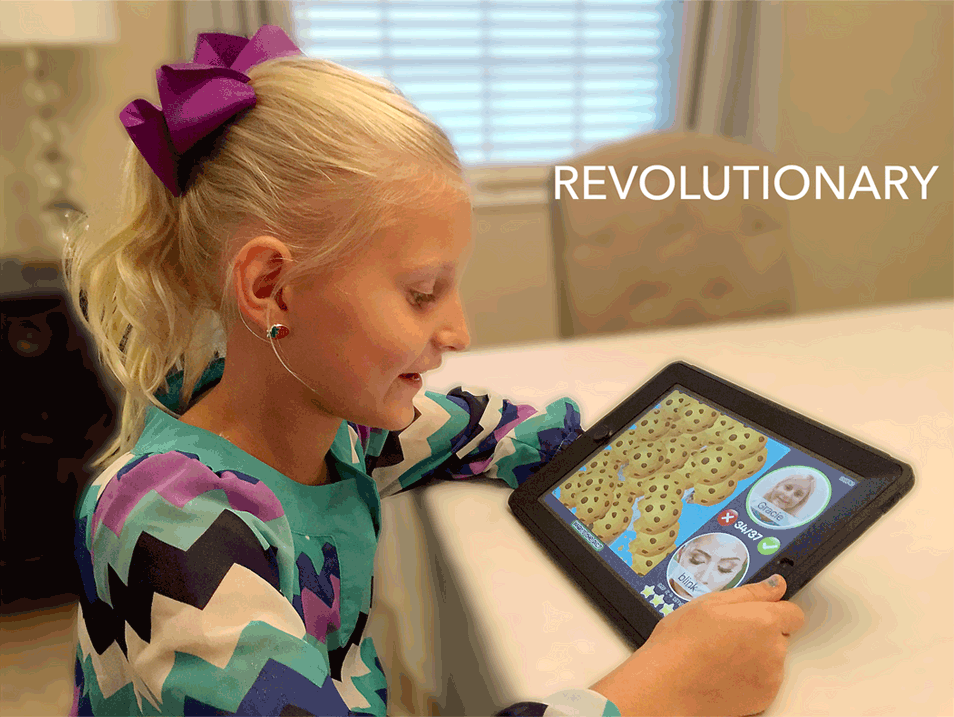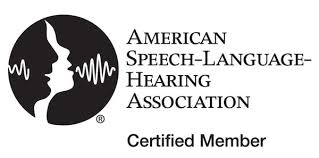Speech Therapy Activities for Voiced TH
Voiced /th/ can be a tricky speech problem, if a student/client doesn't understand the difference voice "on" and voice "off".
The first activity below will help those you work with better understand this concept better.
After that are some additional fun activities for this otherwise "difficult to find therapy materials for" sound.
Buy Flashcards for Voiced TH Words for $5.99
1. Teaching Voiced vs. Voiceless
No Materials Needed
It is very important that children who are struggling to produce voiced /TH/ understand the difference between “Voice on” and “Voice off.”
The easiest way to teach this concept is to let them feel your neck as you say the /TH/ sound with your voice on and with your voice off.
You can use the analogy of a lawn mower or a motor boat, or even the hum of a buzzing bee.
But when they can actually FEEL the difference, it will help them to understand the difference.
Let the practice feeling their own vocal chords as they make the sounds with voice on and voice off.
2. Isolated Sound Game
Materials Needed: Print Letters of F, V, and TH sounds, Tape, Voiced TH Flashcards
The most common sounds that a child will confuse with voiced /TH/ are /F/, /V/, and voiceless /TH/.
Print these letters on four separate sheets of paper.
You can play this game a few ways: either lay them all flat on the table in front of the child, or tape them on different walls so as to create little “stations” that they can move to and from.
As the child moves from letter to letter have them practice the target sound repetitively.
Talk about the different ways each sound is produced…have them feel their neck for voiced versus voiceless sounds.
You can also say a sound and have them jump to the corresponding letter.
Next, use flashcards at each “station” to practice words with that particular sound.
The child must first learn the visual and tactile differences in the sounds. This will help a great deal as they move on to the word level.
SEE ALSO: The Best Free App for Speech Therapy
3. "These Shoes!"
Materials Needed: Printed pictures of shoes, Flashcards (optional)
Print these pictures of different pairs of shoes.
The purpose of this game is to elicit the word “these” as many times as possible.
Lay out the shoes on the table in front of the child.
Then tell the child that you are going to chose a pair of shoes in your mind, but you will not tell them which pair you have chosen. They must point to each pair and ask… “Are these your shoes?” until they have correctly identified the pair you had in your mind.
When it is their turn to chose a pair of shoes, have them answer each of your questions with “Not those!”
You can also make little flashcards out of each pair of shoes by taping a voiced /th/ flashcard on the backside of each one. After they choose the correct pair of shoes, they can flip them over to find the hidden word and make a sentence out of it.
4. the, The, THE!
Materials Needed: A small container filled with dry beans or rice and other objects hidden inside, Flashcards with “This, That, The”
The most common word in the English language is “the.”
You can see how this could be a problem for children who are struggling with voiced /th/!
All you need for this activity is a collection of small items hidden inside dry beans or rice.
You can use common things you have around your home/therapy room such as a bottle of glue, a marker, rubber band, etc.
Things from home may include a small toy car, bouncy ball, rock, the sky is the limit!
This activity is simple and will elicit the word “the” many times.
Have them dig in the container and find one item at a time. When they pull it out they can use the phrase “I found the ______. THE THE THE!”
You can play this same game using the carrier phrases “I found this____” or “I found that ____” as well.
You could use also give them the flashcards saying “The, This, That” and have them pull out an item from the container, flip over a flashcard, and use whichever word they got in a sentence with the object they pulled out.
You might also like:
5. Phrase Game
Materials Needed: Printed phrases and sentences cut into strips, tape, paperclips
Lucky for you, Home Speech Home has compiled extensive voiced /th/ word lists, and they even include phrases, sentences, and stories.
For this activity you will be using the voiced /TH/ phrases and sentences from the website (found below.)
Print each one and cut them into individual strips.
Hang the strips all around the room, “hiding” some so the child may have to hunt a little.
As they pull the strips off the wall, have them repeat or read them several times.
If you would like, you can give the child a paper clip as a “reward” after each sentence strip.
Have them make a paper clip train as they say each one. If the chain gets big enough, it can become a bracelet or a keychain.
You can purchase paper clips in fun bright colors, or just use regular silver ones.
Kids love rewards, even in the form of paper clips!
I always try to use small motivators during therapy when I can.
6. Teething Baby Story
Materials Needed: Teething Baby Story, Highlighter, Index Cards, Baby Doll
For this activity you will use the Teething Baby Story found in this print out.
This story is a super fun way to elicit many voiced /TH/ words.
If the child can read, have them read the story aloud and highlight each /TH/ word they can find. If the child cannot yet read, read the story to them and have them tap the table every time they hear voiced /TH/.
Then help them to highlight the word.
When you are finished reading the story, go over the highlighted words a few more times for maximum production.
Now we are going to get a little silly, because hey, that's what makes us tick!
Bring a babydoll from home. If you don’t have a babydoll, print a picture of this baby and adapt the game as needed.
Take all the highlighted words from the story and write them on index cards (or use corresponding flashcards from our flashcard set!)
Tell the child they are going to say each word.
If they say the sound correctly, they get to give the card to the baby.
If they don’t say the word accurately, they keep the word in their pile.
The goal is to get rid of all the cards so they are now in the baby’s possession. Once the baby has all the cards, swaddle the baby up with the cards and put it to bed.
Have fun with this one!
Voiced /th/ is a fun sound to work on because it is a visual sound.
A child can see themselves say it correctly. They can also feel the vibration of this sound on their throat.
I hope these activities make teaching this sound more fun and interactive ;)
Have a great day!
Return to top of Speech Therapy Activities for Voiced TH

About the Author
Lindsey is an M.S. CCC-SLP from Salt Lake City, UT. She received both her B.S. and M.S. from Utah State University. When she's not chasing her 5 crazy kids around, she enjoys creating engaging speech therapy ideas and materials. Read More
Special Deals and Activities, Oh My!
Sign up for Terrific Therapy Emails
Your information is 100% private & never shared.

